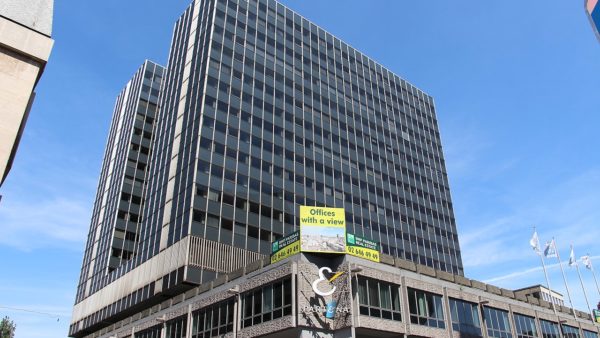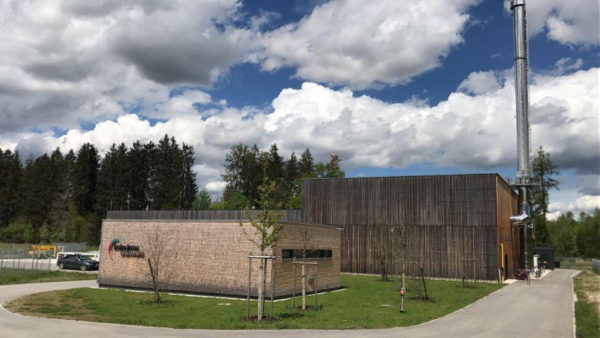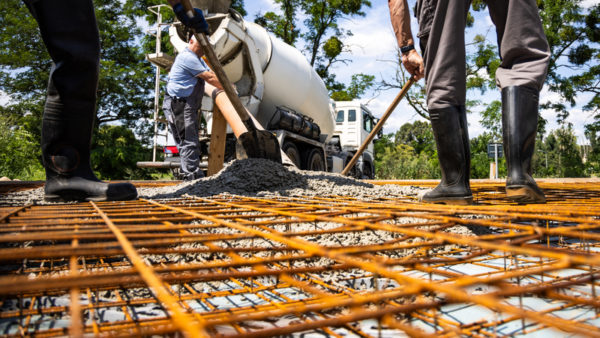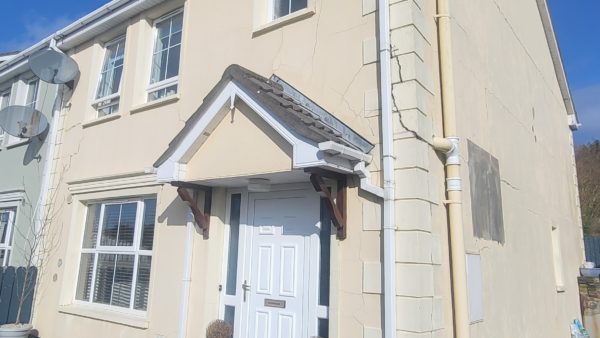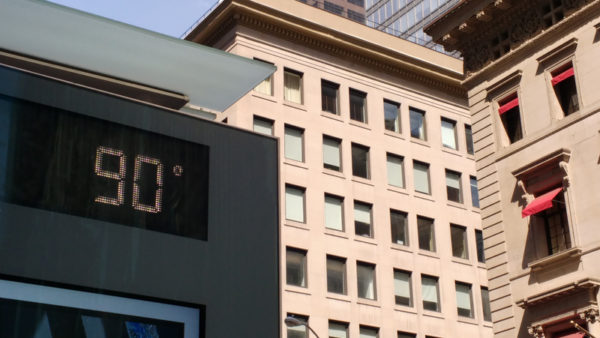The American city of Boston has arrived at an unusual plan to deal with expected rises in sea levels: let the sea fill up a new canal network, and become New England’s answer to Venice.
A new report, The Urban Implications of Living with Water, brings together contributions from more than 70 engineers, architects, politicians, insurers, developers and property professionals. The central idea was to put in place an “adaptive masterplan” that would evolve over time to mitigate rising sea levels and more frequent storm surges.Â
The plan reimagines the Harborwalk area as a kind of inhabited sea wall that would protect the district and provide public recreational and development opportunities.Â
At the same time, the street network, utilities, and buildings would be modified by small amounts each decade to adjust to predictions as to sea level rises and anticipated storm surges.Â
“We have time,” the report says, “to create a more resilient built environment through a phased process and incremental improvements that account for development cycles, infrastructure lifecycles, evolving conditions for financing, and the changing insurability landscape.”
Experts say that the Back Bay’s streets will be underwater by the end of the century–
Among the changes suggested are elevating ground floors and installing external walkways on the second floors of buildings.Â
Changes to building regulations and accepted best practice are needed to create a more water resilient urban environment, the report says.Â
The focus of any canal-building would be the Back Bay, a well-to-do neighbourhood that used to be a tidal bay.Â
Experts say that the Back Bay’s streets will be underwater by the end of the century, so converting them into canals would make a virtue of necessity – and possibly even add a further premium to the value of the properties there.
One problem with the plan is that, unlike Venice and its almost tideless lagoon, Boston’s tidal change is about eight feet a day. John Macomber, a senior lecturer at the Harvard Business School, told the BBC recently: “The canals would be either high part of the time or low part of the time. So we would have to decide whether they would be really deep or tidal.”
The plan has been put forward by a group of planners and academics led by the Urban Land Institute and the Boston/New England Sustainability Council. They are arguing that the city’s extreme vulnerability to climate change – not only is it surrounded by water, but it is also built on a marsh – mean that innovative solutions have to be found.
The likely effects of climate change on Boston have been outlined by the Preliminary Federal Emergency Management Agency, which has drawn up maps showing what it expects the city to look like in 100 years.Â
This predicts increases of 4ft for some sites in the south of the city, and the Boston Redevelopment Authority has already updated its project guidelines to require a developers to submit a “Climate Change Resiliency and Preparedness Checklist”.
Photograph: Boston, built on a marsh and surrounded by water, could get a lot wetter in the future (Nelson48/Wikimedia Commons)






